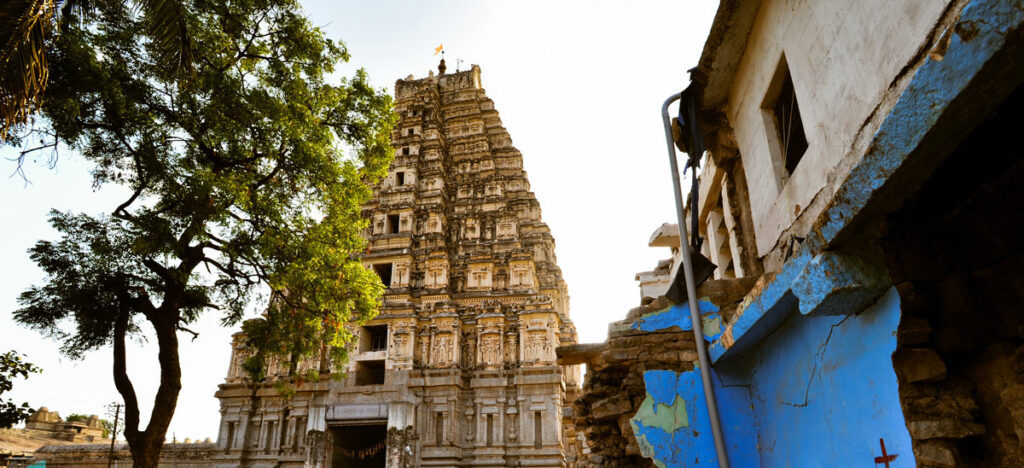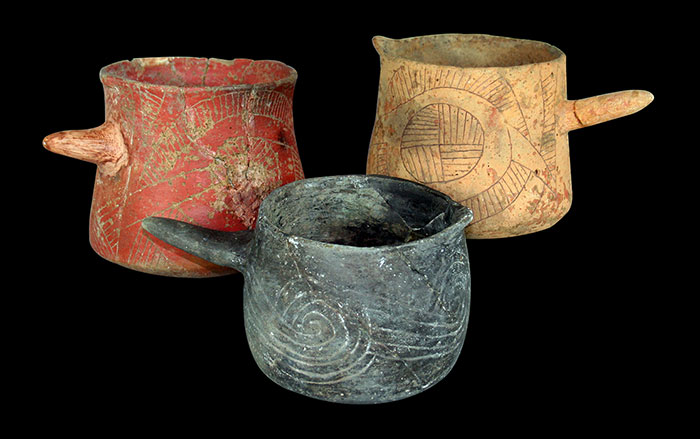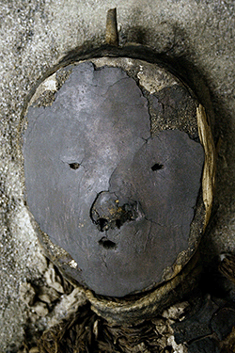ARMIDLAE, AUSTRALIA—And, it had been thought that pottery styles in Troy changed after the Trojan War because the Trojans were forced out and replaced by different populations. But chemical analysis of pre- and post-war pottery from Troy indicates that the clay for all of the vessels came from the same local sources. “There is substantial evidence for cultural continuity,” said Peter Grave of the University of New England in Armidale, Australia. He adds that the change in style could reflect a desire to align with the new political elites in the region.
Residents of Troy May Have Changed Their Pottery Styles
News December 23, 2012
Recommended Articles
Artifacts July/August 2025
Maya Ceramic Figurine

Off the Grid July/August 2025
Vichama, Peru

Digs & Discoveries July/August 2025
Bound for Heaven

Digs & Discoveries July/August 2025
Saints Alive

-
Features November/December 2012
Zeugma After the Flood
New excavations continue to tell the story of an ancient city at the crossroads between east and west
 (Hasan Yelken/Images & Stories)
(Hasan Yelken/Images & Stories) -
Letter from India November/December 2012
Living Heritage at Risk
Searching for a new approach to development, tourism, and local needs at the grand medieval city of Hampi
 (Gethin Chamberlain)
(Gethin Chamberlain) -
Artifacts November/December 2012
Beaker Vessels
Ceramic beakers were the vessels of choice for the so-called “Black Drink” used at Cahokia by Native Americans in their purification rituals
 (Linda Alexander, photographer, use with permission of the Illinois State Archaeological Society)
(Linda Alexander, photographer, use with permission of the Illinois State Archaeological Society) -
Digs & Discoveries November/December 2012
The Desert and the Dead
 (Courtesy Bernardo Arriaza)
(Courtesy Bernardo Arriaza)


